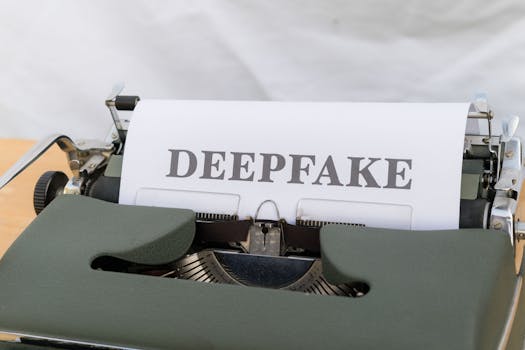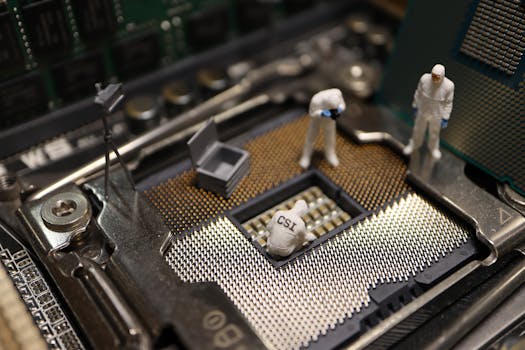Transforming Forensic Medicine: Unique AI Tools & Applications Unveiled
Introduction
Imagine a world where cold cases thaw faster, where pinpointing the cause of death becomes more precise than ever, and where every piece of evidence speaks a clearer language. This isn’t science fiction; it’s the rapidly evolving reality of forensic medicine, a field that’s undergoing a profound transformation thanks to the power of artificial intelligence.
Are you curious about how AI is revolutionizing the way we investigate crimes and understand the human body? We’re about to dive deep into the fascinating realm of ai-tools-forensic-medicine”>ai tools forensic medicine unique applications that were unimaginable just a decade ago.
Deep Dive: Unique AI Applications in Forensic Medicine
The potential for AI in forensic medicine is vast, extending far beyond simple pattern recognition. Here are some of the most exciting and unique applications:
- Facial Recognition and Age Progression: While facial recognition is becoming commonplace, its application in forensic medicine is uniquely powerful. AI algorithms can analyze skeletal remains or decomposed facial features to generate potential likenesses, aiding in the identification of unidentified individuals. Furthermore, advanced AI can even perform age progression on missing persons’ images, helping to locate them. This is crucial for unidentified remains cases.
- Predictive Toxicology and Drug Analysis: Identifying specific substances in biological samples can be complex, especially with novel or designer drugs. AI can analyze complex mass spectrometry data to identify known and even potentially unknown compounds with greater speed and accuracy. It can also help predict how a drug might metabolize in the body, aiding in understanding overdose scenarios or poisoning.
- Automated Autopsy and Imaging Analysis: AI is being developed to assist in analyzing medical images from autopsies, such as CT scans and MRIs. Algorithms can identify anomalies, measure organ sizes, and even flag potential causes of death based on subtle visual cues. This can help standardize autopsy findings and reduce the burden on radiologists and forensic pathologists.

- Behavioral Analysis from Digital Forensics: In cases involving digital evidence, AI can analyze communication patterns, social media activity, and online behavior to help reconstruct events and understand the mindset of individuals. This is a unique way to bridge the gap between digital data and criminal intent.
- Bite Mark Analysis Enhancement: Traditionally, bite mark analysis has been a controversial area. AI can offer more objective analysis by comparing bite marks on victims to dental records, using algorithms trained on vast databases of dental features. This promises to bring a new level of scientific rigor to this type of evidence.

- Predictive Modeling for Cause of Death: By analyzing a multitude of factors – including medical history, environmental conditions, and autopsy findings – AI can develop predictive models to help determine the most likely cause of death, especially in complex or multi-factorial cases.
- Virtual Reconstruction of Crime Scenes: AI can assist in creating highly detailed 3D reconstructions of crime scenes from photographs and laser scans. This allows investigators and legal teams to virtually walk through the scene, analyze spatial relationships, and better understand the sequence of events.
- DNA Mixture Analysis: Complex DNA mixtures, common in sexual assault cases or multiple perpetrator scenarios, are notoriously difficult to interpret. AI can statistically analyze these mixtures, separating out individual profiles and assigning probabilities, leading to more conclusive results. This is a critical area for advancing forensic DNA analysis.

The integration of these ai-tools-forensic-medicine”>ai tools forensic medicine unique applications are so effective.
Pros and Cons of AI in Forensic Medicine
While the benefits are substantial, it’s important to consider the challenges and limitations.
| Pros | Cons |
|---|---|
| ➕ Increased Speed and Efficiency in Investigations | ➖ Potential for Algorithmic Bias if Data is Not Representative |
| ➕ Enhanced Accuracy and Objectivity in Evidence Analysis | ➖ High Initial Cost of Implementation and Training |
| ➕ Ability to Analyze Vast and Complex Datasets | ➖ Ethical Concerns Regarding Data Privacy and Security |
| ➕ Potential to Solve Previously Unsolvable Cases | ➖ Need for Rigorous Validation and Oversight of AI Tools |
| ➕ Improved Predictive Capabilities for Certain Forensic Scenarios | ➖ Dependence on High-Quality Data for Training AI Models |
| ➕ Standardization of Forensic Processes and Reporting | ➖ Challenges in Legal Admissibility and Expert Testimony |
The Future is Now: Embracing AI in Forensic Medicine
The evolution of forensic medicine is intrinsically linked to technological advancement, and AI represents the next frontier. As these ai-tools-forensic-medicine”>ai tools forensic medicine unique applications are unlocking new possibilities for accuracy and efficiency.
As the field continues to evolve, staying informed about these advancements is crucial. We encourage you to explore resources that delve deeper into the ethical considerations and technical implementations of AI in forensic science. The future of justice is being shaped by innovation, and AI is at the forefront of this critical transformation.
Ready to learn more about how technology is impacting other scientific fields? You might find our post on Advancements in Biotechnology fascinating. Keep exploring, keep learning, and be part of the conversation shaping the future!